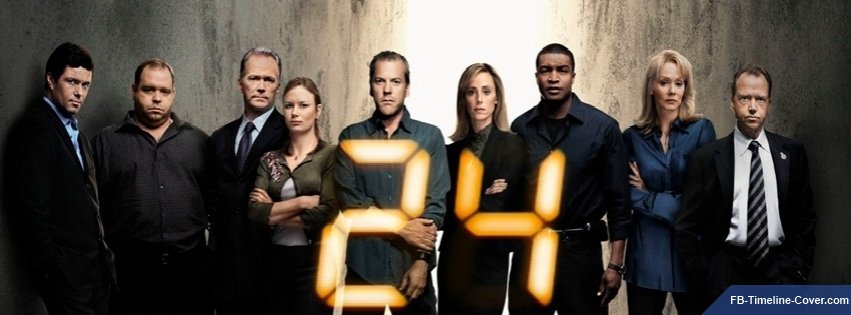Search Results
-
Salespeople With This Weakness Score 47% Worse at Reaching Decision Makers
- October 16, 2018
- Posted by: Dave Kurlan
- Category: Understanding the Sales Force

A lot of the salespeople I coach have a weakness in their Sales DNA – their need to be liked. Approximately 58% of all salespeople have this weakness and on average, salespeople score 76% in that competency. Elite salespeople have an average score of 87% and weak salespeople have an average score of 69%.
What would it look like if we were to pivot this data and look only at the group who have it as a weakness? When we filter the results by the need to be liked, there are some very interesting scores. Could it be that the need to be liked – by itself – is a predictor of sales success? Maybe. We know that if the salesperson is in an account management role, the need to be liked is an asset. However, in any kind of producer role, especially in a consultative process or methodology, it will get in the way. Take a look at this data!
-
Voice Mail – Reaching Decision Makers
- January 19, 2015
- Posted by: Kurlan & Associates, Inc.
- Categories: Monthly Tips, Tactics - Getting to 1st Base (Appointments)
This story is from a reader of Baseline Selling:
Please read Page 43 of Baseline Selling. Since I’m over the embarrassment of screwing up something so simple, here goes. After almost 20 years of selling, managing & coaching salespeople and now sales development, I just learned last week how to leave a voicemail!
-
Top 4 Reasons Salespeople Struggle to Reach Decision Makers
- October 30, 2013
- Posted by: Dave Kurlan
- Category: Understanding the Sales Force
So here we are again, with half of the salespeople reporting that they aren’t reaching decision makers. And why would a decision maker want to be reached if the salespeople are focused only on presentations? And companies wonder why their sales cycles are so long, their closing percentages are so low and their margins are slip sliding away…
Also noteworthy were these findings from the survey results:
-
A Key Competency That Differentiates Top Sales Performers From Posers
- July 21, 2021
- Posted by: Dave Kurlan
- Category: Understanding the Sales Force

The bottom 50% of all salespeople are posers too. In an article last week we discussed how data can help you hire the ideal salespeople.
In that article I shared a top/bottom analysis where the top performers were 100% more effective reaching decision makers than the bottoms. Below I’ve shared another top/bottom analysis with different findings.
-
New Data Shows that You Can Double Revenue by Overcoming This One Sales Weakness
- October 22, 2018
- Posted by: Dave Kurlan
- Category: Understanding the Sales Force

My article revealed that salespeople who are burdened with the need to be liked are far less effective at selling than those who don’t have that weakness. The biggest insight of all was that these salespeople were 47% less effective reaching decision makers!
This article will take the same approach and use the same data from Objective Management Group’s (OMG) evaluations of 2,064,425 salespeople to look at salespeople who are uncomfortable having a financial conversation with their prospects and customers. The latest data reveals that 60% of all salespeople have this weakness! What do you think it will reveal?
-
Sales 102 – The Pitch Deck, the Price Reduction and the Data
- September 29, 2016
- Posted by: Dave Kurlan
- Category: Understanding the Sales Force

Recently I met with a CEO whose salespeople were not closing enough business. We had just evaluated their sales force and I had the answers as to why their sales were so underwhelming. Before we could explain what was causing their problem, the CEO said something along the lines of, “We are going to create a new pitch deck and reduce our prices. That will solve the problem!”
They weren’t suggesting a small price change either. It sounded like an 80% reduction and their reasoning overlapped with one of the contributing issues that we identified. Their salespeople weren’t reaching decision makers which raises more questions. Why weren’t they reaching decision makers and could anything be done about it? Would lowering their prices solve the problem or did the issue go deeper than that?
-
Official Guidance for Sales Teams Navigating the 2nd Trump Economy
- January 20, 2025
- Posted by: Dave Kurlan
- Category: Understanding the Sales Force

Let’s discuss how the Trump economy will affect sales organizations.
It will be easier to schedule meetings – hooray!
It may be easier to reach decision makers – that’s awesome! They hide when they aren’t interested in spending.
Sales cycles will be shorter – that’s great news!
But with all that good news, I do have five warnings to share:
-
The Nutcracker and 3 Sales Competencies That Cause Low Win Rates
- December 6, 2024
- Posted by: Dave Kurlan
- Category: Understanding the Sales Force

During a first sales call, suppose your salespeople hear one prospect say, “This has been a very interesting and productive conversation and we might have some interest in this.” And imagine another prospect at the same meeting says, “We’ll get back to you next month and let you know what kind of progress we’ve made.” And still a third might say, “In the meantime, please send us a proposal with references and timeline.”
-
Three Dog Night Classic is Foundation for Present Day Selling
- November 26, 2024
- Posted by: Dave Kurlan
- Category: Understanding the Sales Force

If you start with the having fun part you can’t go wrong. Most selling is WAY too serious, way too dependent on bullet points from slides, talking points from company narratives, and the oh, so boring vomiting of company and product information. Where’s the fun in all of that? And if you don’t bring the fun, who wants to spend any time with you? Differentiate!
-
Time for Closing Arguments
- May 29, 2024
- Posted by: Dave Kurlan
- Category: Understanding the Sales Force

When salespeople master the abilities to meet and build relationships with decision makers, use a consultative approach to uncover their compelling reasons to buy, sell their personal value to differentiate and throughly qualify, win rates will go from too low to hello!
